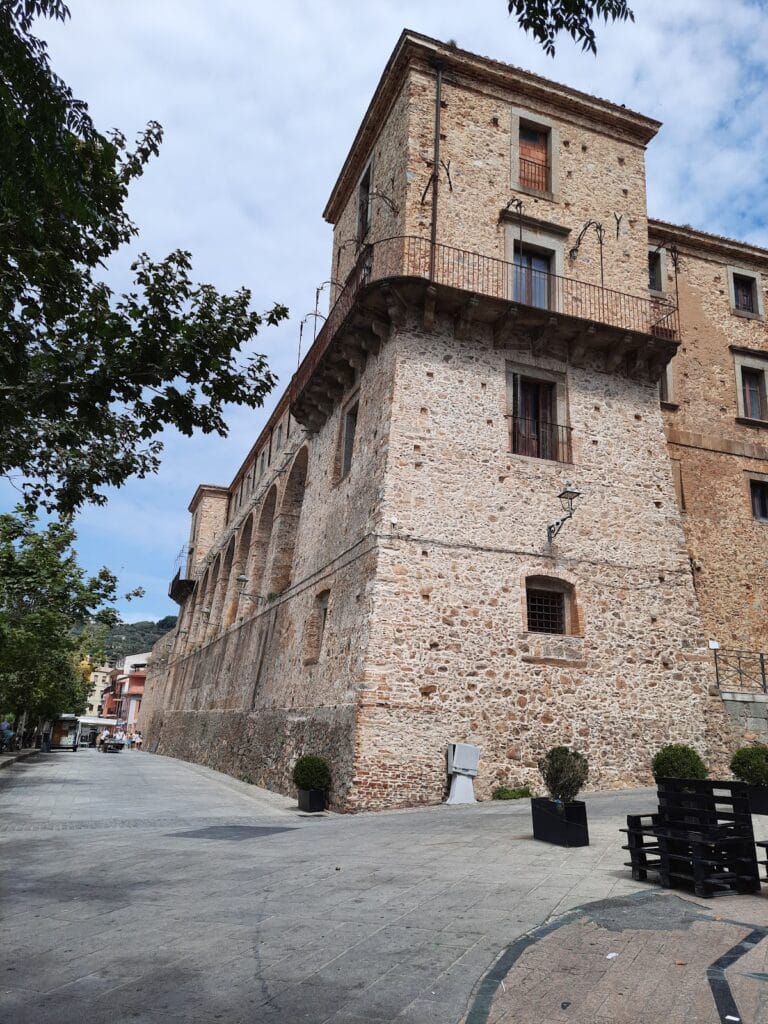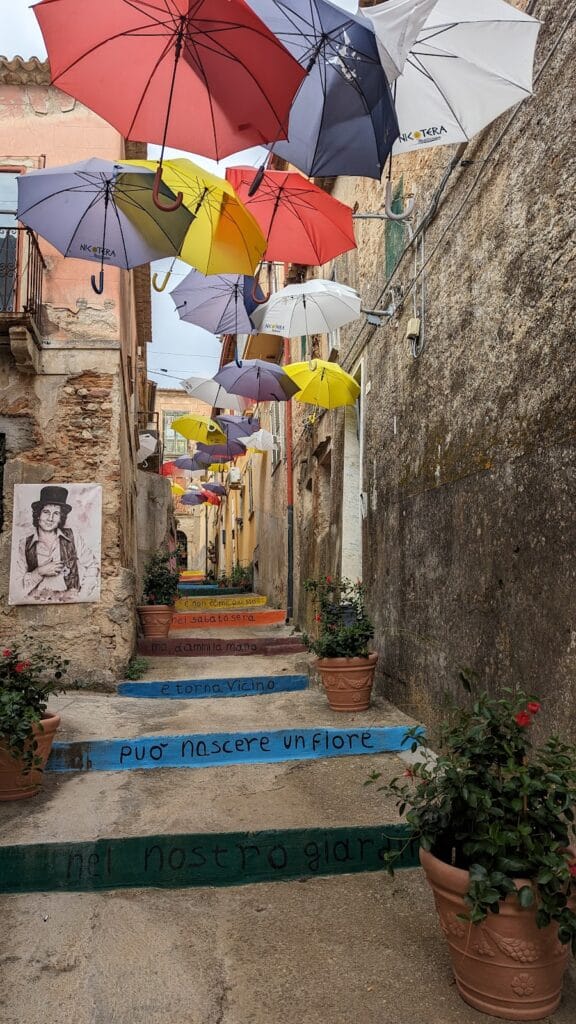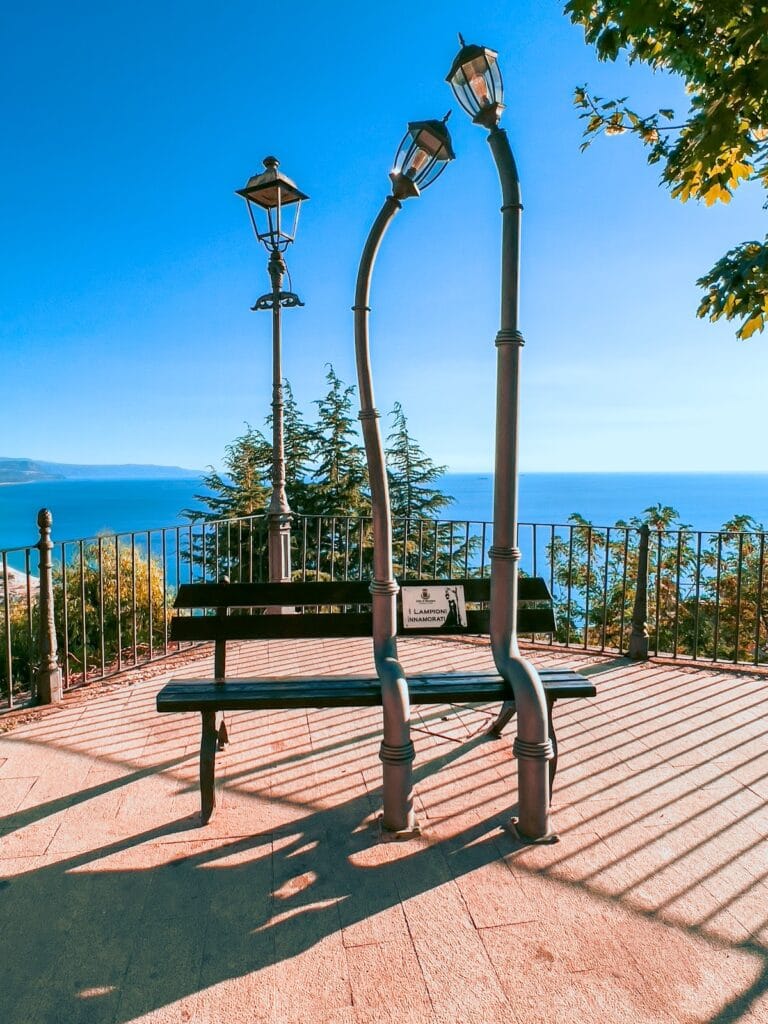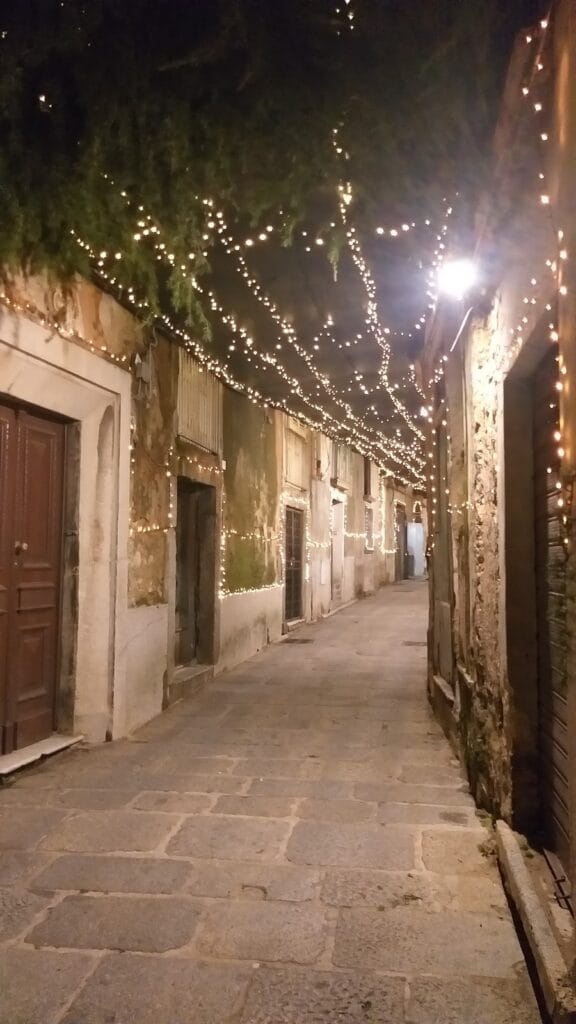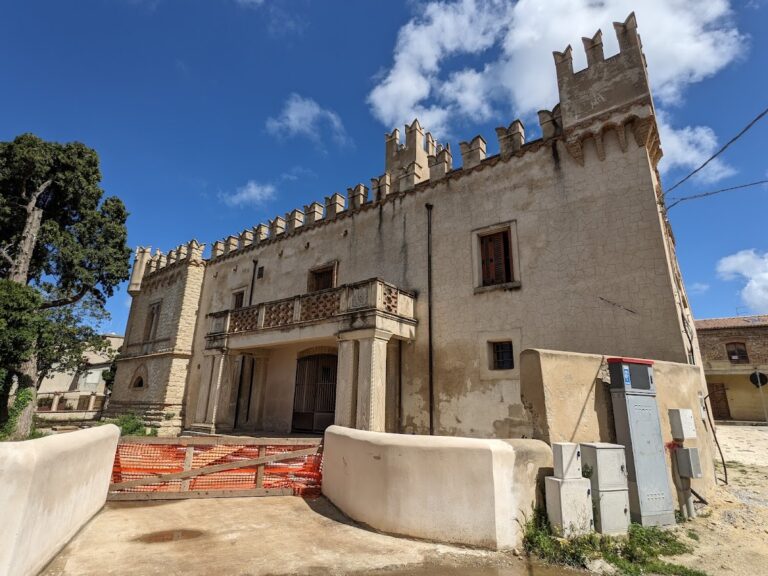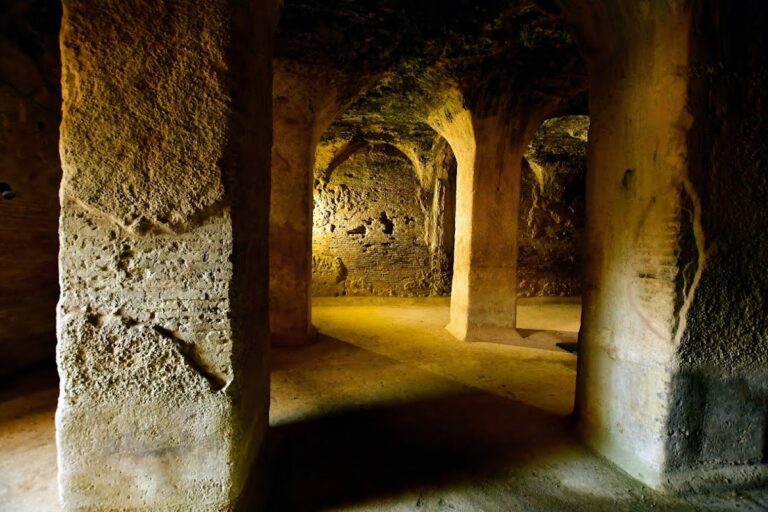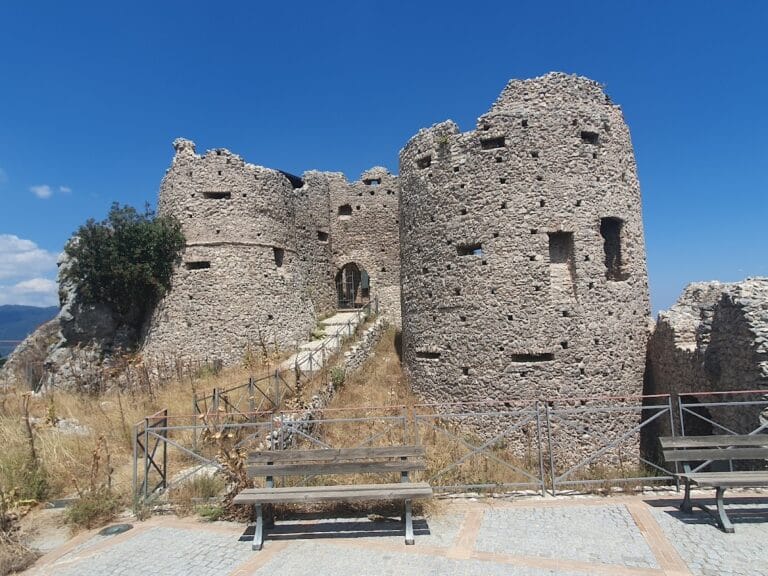Castello Ruffo di Nicotera: A Norman Fortress and Cultural Center in Italy
Visitor Information
Google Rating: 4.4
Popularity: Low
Google Maps: View on Google Maps
Country: Italy
Civilization: Unclassified
Remains: Military
History
The Castello Ruffo di Nicotera is located in the town of Nicotera in modern Italy. It was originally constructed during the Norman period in the second half of the 11th century. Commissioned by Duke Robert Guiscard, the fortress was intended to defend the coastal area and serve as a military stronghold. Ownership soon passed to his brother Roger the Norman, who used the castle as an administrative base for overseeing military campaigns, particularly those aimed at conquering the nearby island of Sicily.
Throughout the late 11th century, the castle faced repeated attacks and destructions by Saracen forces, suffering significant damage in 1074 and again in 1085. After these assaults, it was rebuilt each time to maintain its strategic role. In 1284, the fortress was destroyed by the fleet commanded by Admiral Roger of Lauria during regional conflicts; this same admiral then took part in its reconstruction. Under the rule of Emperor Frederick II, significant expansions and enhancements took place, reflecting Swabian architectural influences. This period saw the castle’s fortifications strengthened alongside the development of a nearby arsenal by the harbor, which contributed to the growth and defense of the town.
The castle also held important cultural and religious significance over the centuries, hosting notable historical figures such as Saint Bruno of Cologne, Saint Louis of Anjou, Pope Urban II, the theologian Joachim of Fiore, and Empress Constance of Sicily. In the 18th century, specifically in 1764, it underwent a major transformation led by architect Ermenegildo Sintes, who converted the fortress into a summer residence for Count Fulco Antonio Ruffo. Today, the castle serves as a civic archaeological museum and functions as the Center for the Study and Conservation of the Peasant Civilization of Poro.
Remains
The current Castello Ruffo di Nicotera stands near the site of the original Norman fortress, retaining some of the original stone foundations and a cistern, which have since been partially integrated into a neighboring noble residence. Its layout follows a quadrilateral plan with three rectangular towers positioned at three corners, while the fourth corner tower was never completed. The two towers at the front of the building are linked by a series of seven arcades. Above these arcades runs a balcony supported by consoles made from gray granite, providing both architectural interest and structural support.
One section of the façade next to the unfinished fourth tower was damaged during a strong earthquake in 1783 that affected the surrounding Sant’Eufemia plain. Access to the castle’s basement is through an entrance located within the inner courtyard, featuring a portal constructed of granite. This door leads to a barrel-vaulted corridor—a type of rounded ceiling vault resembling the interior of a barrel—that also connects to the ground floor.
Inside, the ground floor comprises two substantial halls distinguished by their vaulting styles. The first hall is covered by a sail vault, which curves like a billowed sail, while the second features a ribbed cross vault supported by intersecting arches. This second space is illuminated by seven windows that open onto the arcaded main façade, allowing natural light to fill the interior. The castle’s courtyard includes an archway leading into an atrium paved with large granite slabs. A wide staircase, notable for its breadth and craftsmanship, enhances this space.
Local tradition holds that the castle is linked to the harbor by secret underground tunnels. According to these accounts, which have been historically verified by prisoners, watermelons were rolled through these passages to the harbor below. While this legend underscores the castle’s strategic connection to the sea, it also highlights the fortress’s role in local folklore.
Following recent restoration efforts, the ground floor now houses the civic archaeological museum. The upper floor is dedicated to the Center for the Study and Conservation of the Peasant Civilization of Poro, preserving and exploring the region’s rural heritage within the historic setting of the castle.
